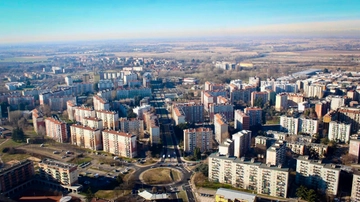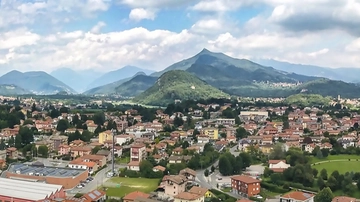How to vote in the 2025 municipal elections in Lombardy: facsimiles of the ballots of Cernusco, Desio, Rozzano and Saronno

Next weekend, Sunday 25 and Monday 26 May 2025 , the local elections will be held in Lombardy . Thousands of Lombard citizens will be called to the polls to elect mayors and municipal councils in 18 municipalities in the region. Here is a complete guide to help you navigate the ballots , voting methods and possible run-offs .
When and where to votePolls will be open on Sunday, May 25 from 7:00 to 23:00 and on Monday , May 26 from 7:00 to 15:00 . Voters must go to the polling station indicated on their voter card, bringing with them a valid identity document (identity card, driving license or passport) and their voter card . The counting of ballots will begin immediately after the close of voting and should be completed by Monday evening.
It is important to check the location of your polling station in advance, as it may have changed since previous elections. Information is available on the websites of the municipalities involved or at the municipal electoral offices.
For those who are temporarily outside their municipality of residence for work, study or medical reasons, it is possible to request home voting by following the procedures established by law , provided that the request has been submitted within the established timeframe.
How the ballot paper is madeThe ballot paper for municipal elections has a standardized structure but may vary slightly depending on the number of mayoral candidates running. The names of the mayoral candidates are listed at the top of the ballot paper, each accompanied by their own symbol or photo.
Below each mayoral candidate are the lists that support him , with their respective symbols. Each list contains the names of the councilor candidates, usually divided by gender to comply with the rules on equal representation.
How to vote: the different methodsThe voting system varies significantly depending on the size of the municipality (over or under 15,000 inhabitants), effectively creating two distinct electoral mechanisms. In Lombardy, there are only four municipalities voting that exceed 15,000 inhabitants: Cernusco sul Naviglio , Desio , Rozzano and Saronno . The other, smaller municipalities are: Calcinate, Canonica d'Adda, Castione della Presolana, San Felice del Benaco, Asso, Binago, Cirimido, San Daniele Po, Santo Stefano Lodigiano, Opera, Robecchetto con Induno, Calvignano, Arcisate, Castellanza. Below are facsimiles of the ballot papers of the four largest municipalities.
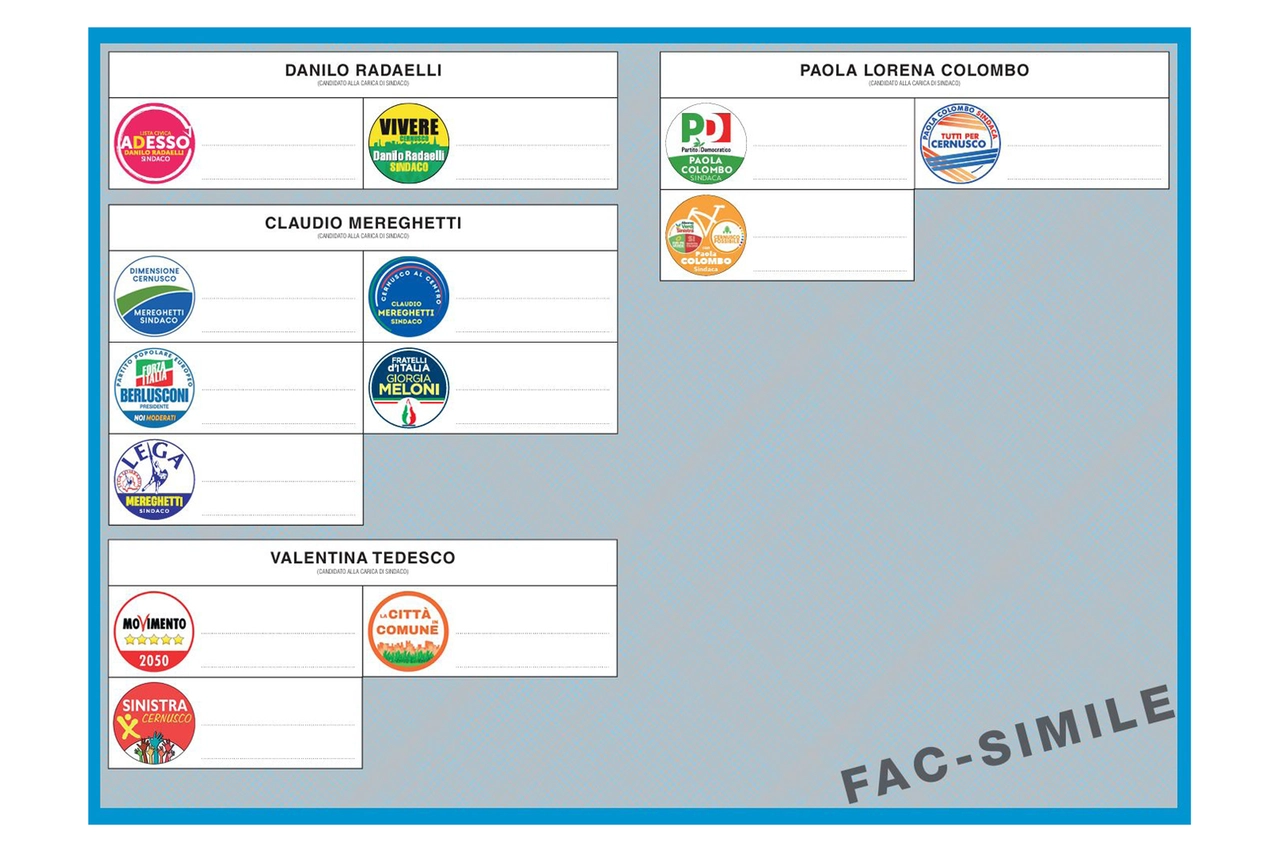
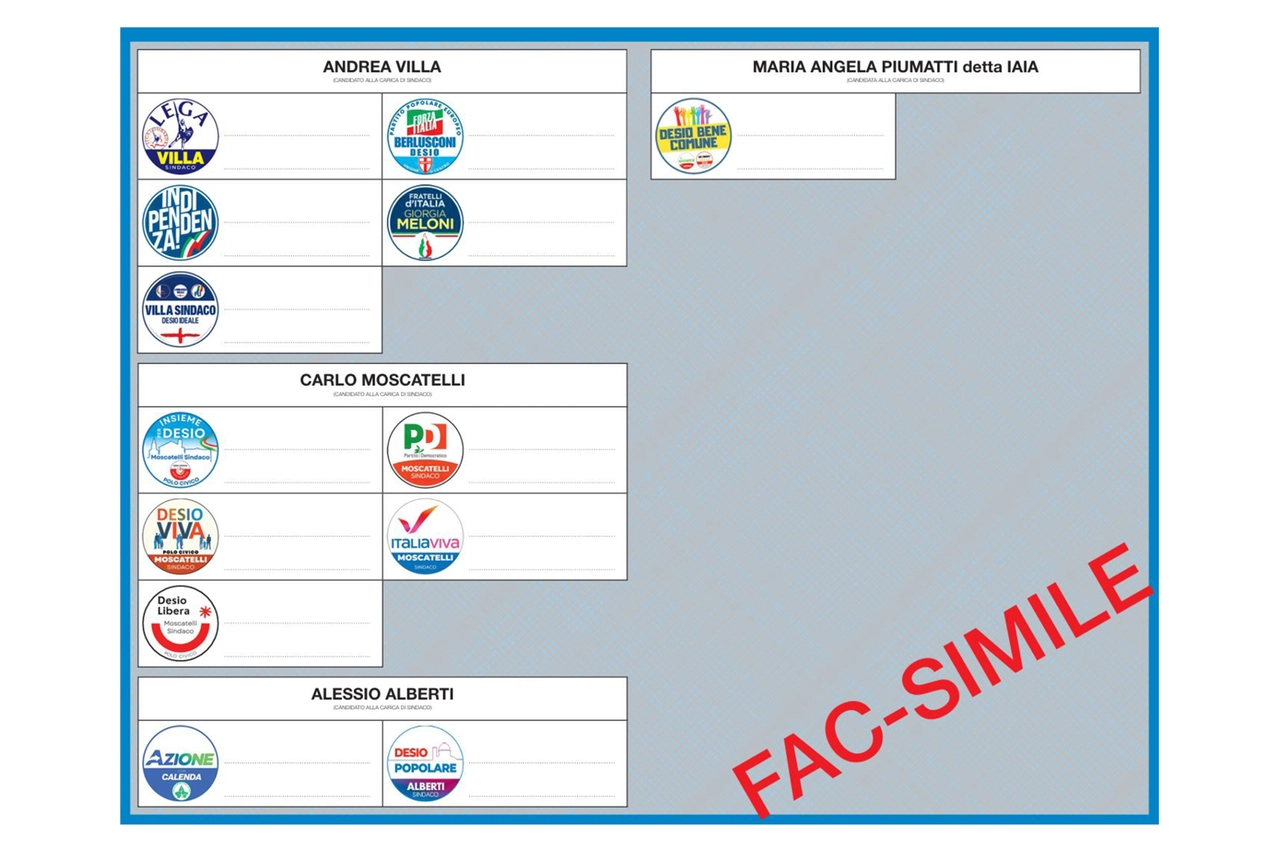

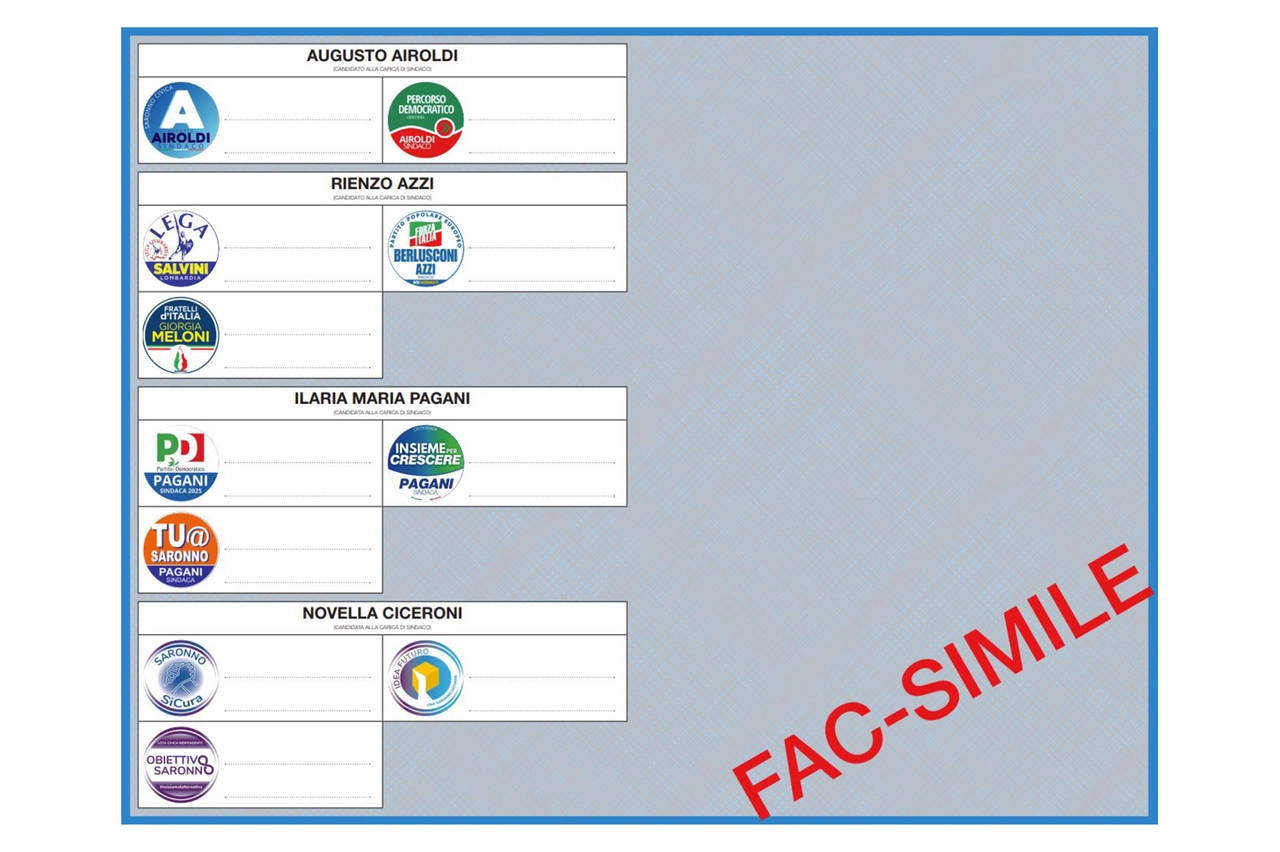
In municipalities with up to 15,000 inhabitants, the pure majority system applies. Voters can:
1) Vote for only one mayoral candidate by marking an X on the chosen name.
2) Vote for a mayoral candidate and at the same time for one of the lists supporting him.
3) Vote for one list only (in this case the vote automatically also goes to the associated mayoral candidate).
4) Enter a preference vote : in addition to the vote for the list, one or two preferences can be expressed for the councilor candidates of the same list, writing the surname or name and surname in the appropriate spaces. In the case of preferences, if two preferences are expressed, these must concern candidates of different genders (a man and a woman), otherwise the second preference is cancelled. In municipalities with fewer than 5,000 inhabitants, only one preference vote can be expressed.
It is important to know that in small municipalities , split voting is not possible : you cannot vote for a mayor and for a list that supports another candidate. The candidate who gets the most votes wins in the first round, without the possibility of a runoff.
How to vote in large municipalitiesIn larger municipalities, with more than 15,000 inhabitants , the system is more complex and offers greater choice. Voters can:
1) Vote for the mayor only by marking an X only on the name of the chosen mayoral candidate.
2) Vote for mayor and list , therefore both for the mayoral candidate and for one of the lists supporting him.
3) Cast a split vote : it is possible to vote for a mayoral candidate and for a list that supports another mayoral candidate.
4) Insert a preferential vote : in this case too, two lines can be filled with the surnames of two candidates for the municipal council, provided they are of different sexes.
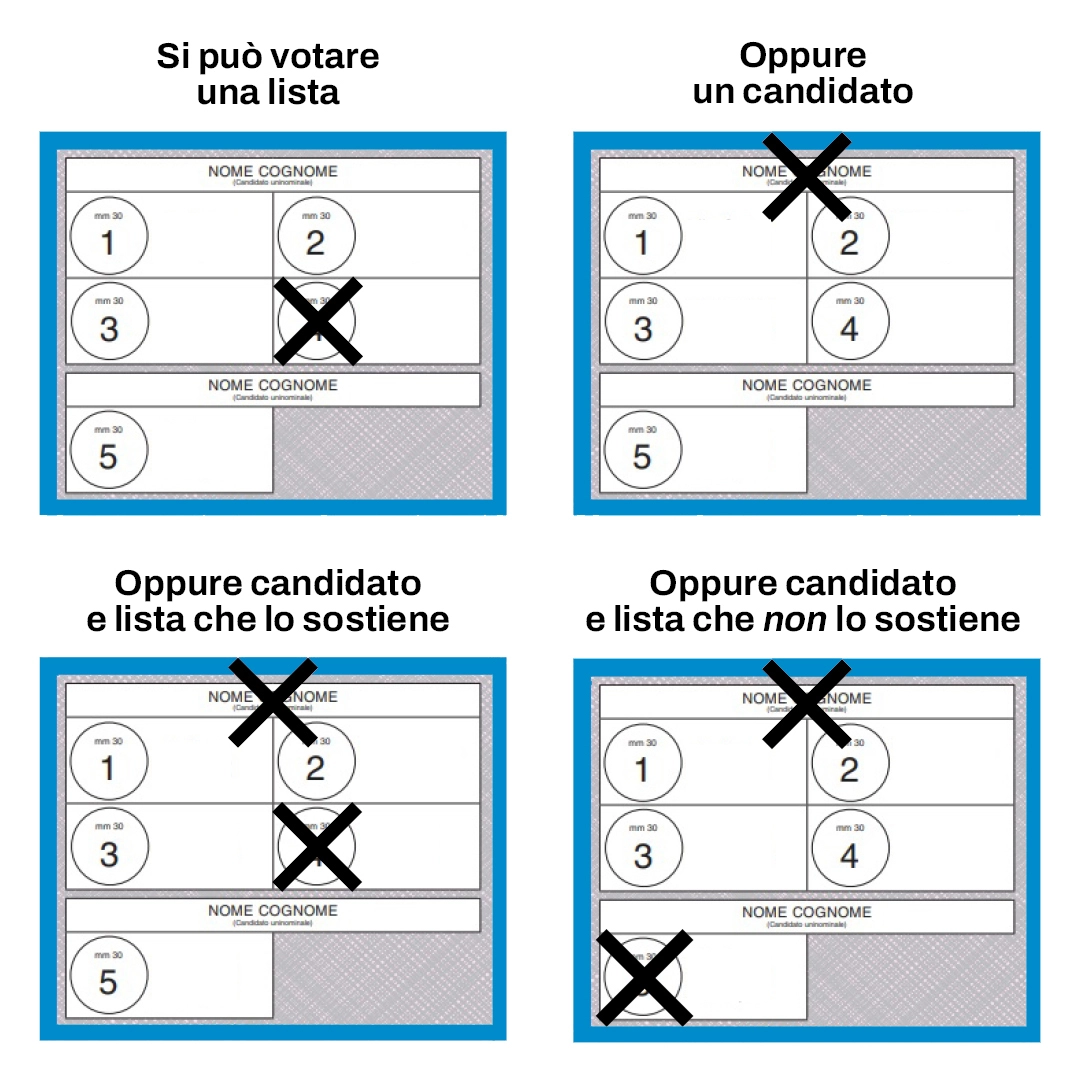
The runoff election is only scheduled for municipalities with more than 15,000 inhabitants and will be held when no mayoral candidate reaches an absolute majority of valid votes (50% + 1) in the first round . Any runoff election will be held on Sunday 8 and Monday 9 June 2025, the same day that all of Italy votes on the abrogative referendums on 5 issues relating to work and citizenship. The runoff election will take place in the same manner and at the same times as the first round: Sunday from 7:00 to 23:00 and Monday from 7:00 to 15:00.
The two mayoral candidates who obtained the most votes in the first round advance to the second round, regardless of the gap between them. This means, for example, that even if the first candidate obtained 49% of the votes and the second only 15%, both will participate in the runoff.
How the runoff worksIn the runoff, the ballot paper is much simpler: it only contains the names of the two mayoral candidates still in the running. There are no lists, since in the second round the vote is exclusively for the mayor . Voters simply have to mark an X next to their chosen candidate. The person who gets the most votes wins , even with a single vote difference: there is no quorum for the runoff.
The lists that support the candidates are not automatically confirmed for the second round. Each list must decide independently whether to support one of the two candidates in the runoff, remain neutral or even support the opponent of their first-round mayoral candidate. This mechanism can create new alliances and reversals of fortune.
Practical advice for votingBefore going to the polling station, it is advisable to find out about the candidates and their electoral programs , by consulting the websites of the municipalities or the official electoral documentation. It is also important to check the validity of your electoral card and, in case of loss or exhaustion of spaces, promptly contact the electoral office of your municipality. Finally, remember that voting is free and secret : it is forbidden to photograph the ballot paper or reveal your vote inside the polling station.
Il Giorno

